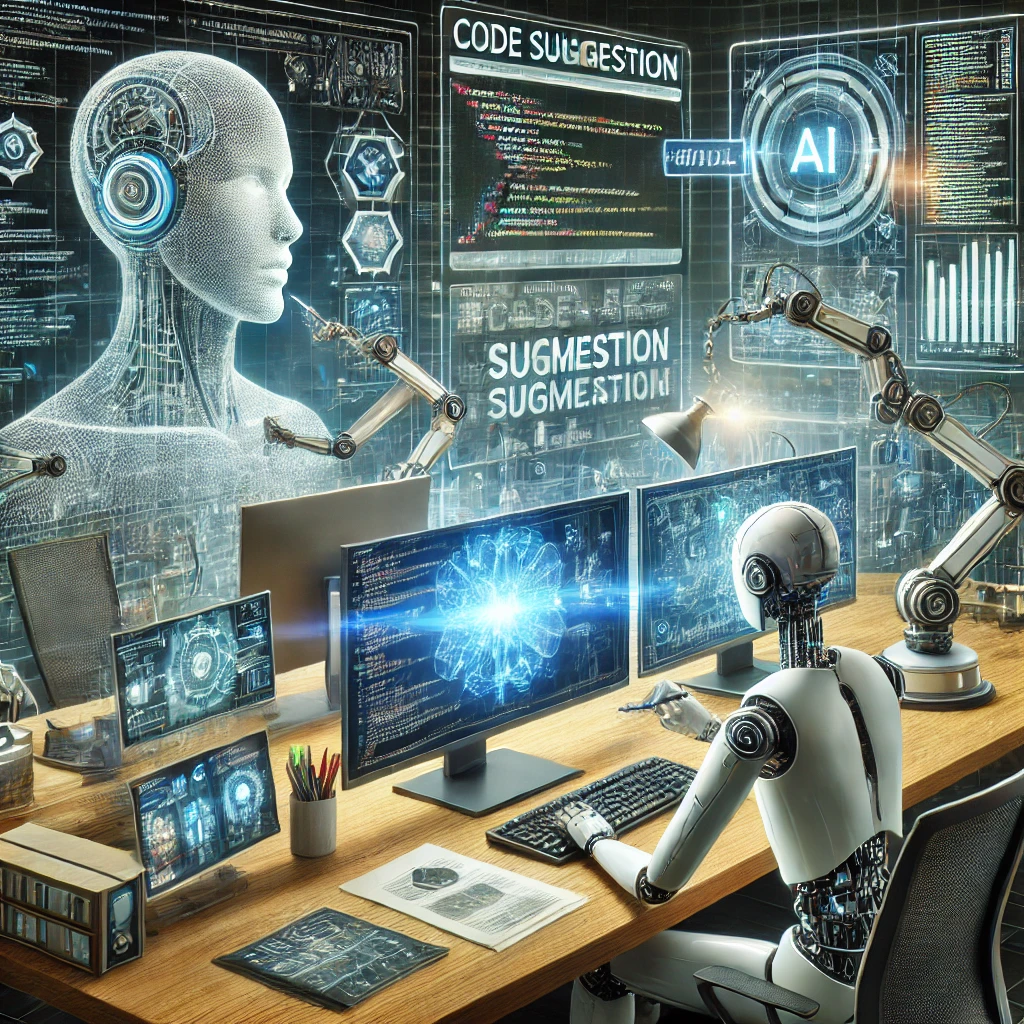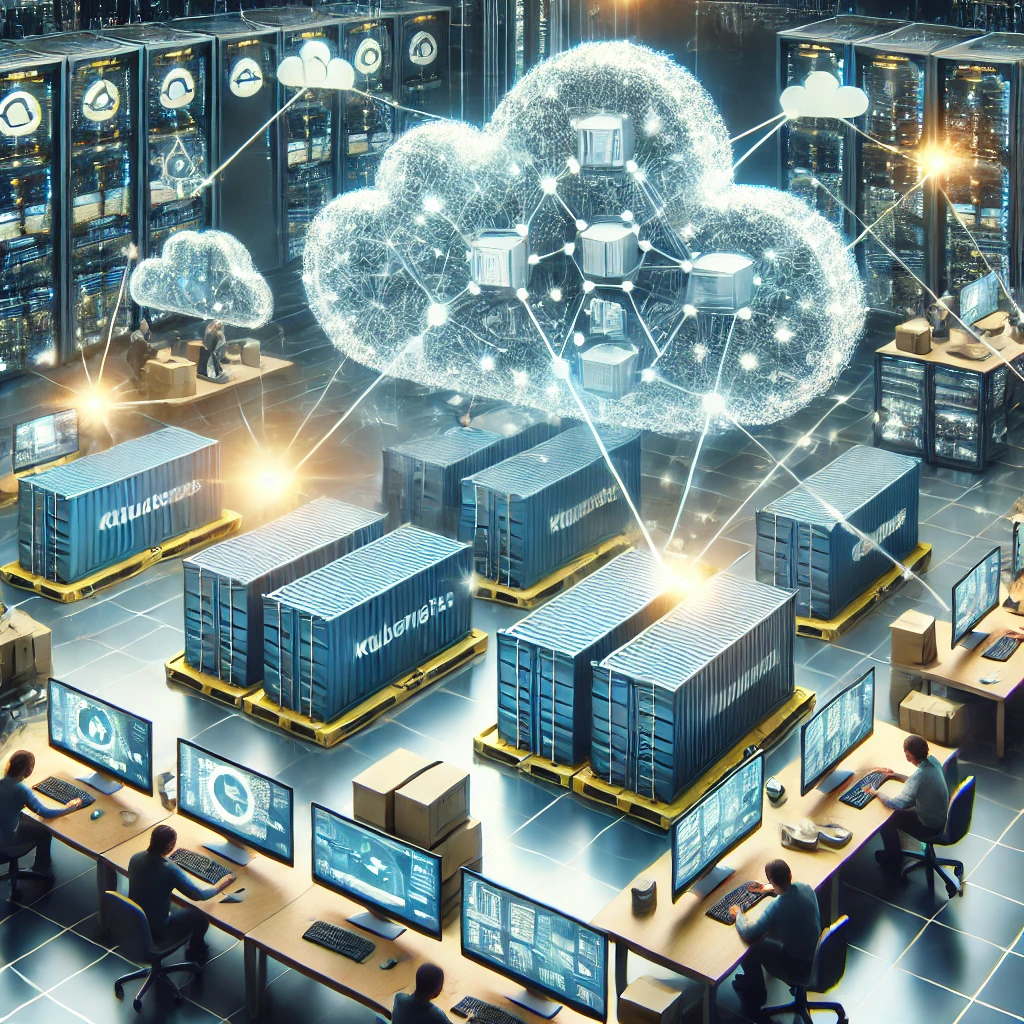In the ever-evolving world of technology, software development remains at the forefront of innovation and progress. As we enter 2024, it’s clear that the pace of change in this field continues to accelerate. Emerging trends are reshaping how developers approach their work, the tools they use, and the solutions they build. This year, more than ever, we see a confluence of groundbreaking technologies and methodologies that promise to transform the industry.
From the rise of artificial intelligence (AI) and machine learning to the increasing adoption of low-code and no-code platforms, the landscape is evolving rapidly. Developers are no longer confined to traditional coding paradigms; instead, they are embracing new approaches that prioritize efficiency, collaboration, and innovation. This blog explores some of the most significant trends set to redefine software development in 2024. We’ll examine the impact of AI and automation, the role of cloud-native development, and the ongoing shift towards a more sustainable and inclusive industry. By understanding these trends, developers and organizations alike can prepare themselves for the challenges and opportunities that lie ahead.
Artificial Intelligence and Automation

One of the most transformative forces in software development today is the integration of AI and automation into the development process. Over the past few years, we’ve seen AI-driven tools become increasingly capable, and in 2024, their adoption shows no signs of slowing down. AI-powered code completion and generation tools, such as OpenAI’s Codex, have already begun to revolutionize the way developers write code. These tools are not only speeding up the development process but also improving code quality by suggesting best practices and identifying potential errors before they become costly issues.
Automation, too, is playing a central role in streamlining workflows. Continuous integration/continuous deployment (CI/CD) pipelines have evolved to incorporate AI-driven testing and deployment strategies. By leveraging AI, development teams can identify bottlenecks, optimize resource allocation, and ensure that releases are more stable and reliable. The result is a faster time-to-market for new features and updates, which is critical in an increasingly competitive landscape.
Beyond code generation and testing, AI is also influencing project management and collaboration. Tools that use natural language processing (NLP) to analyze project documentation, user stories, and feedback can help teams prioritize tasks and allocate resources more effectively. By automating routine tasks, AI allows developers to focus on higher-value activities, such as architectural design, performance optimization, and user experience improvements.
In addition to improving development efficiency, AI is also enhancing software maintenance and troubleshooting. Predictive analytics can identify potential issues before they cause significant problems, enabling proactive maintenance and reducing downtime. Machine learning algorithms can analyze application logs, detect anomalies, and suggest solutions, empowering developers to resolve issues faster and more accurately.
Furthermore, AI-driven automation is contributing to a more inclusive development environment. By automating repetitive tasks, developers with varying levels of experience can focus on creative problem-solving and innovation. This democratization of the development process helps teams become more diverse and collaborative, fostering a culture of inclusivity and continuous improvement.
Cloud-Native Development

As organizations continue to migrate their infrastructure to the cloud, cloud-native development has become a key trend in 2024. Cloud-native development refers to the practice of building and running applications that take full advantage of cloud computing environments. This approach emphasizes scalability, resilience, and cost efficiency, making it ideal for modern software development.
One of the hallmarks of cloud-native development is the use of containerization and orchestration tools like Docker and Kubernetes. Containers allow developers to package applications and their dependencies into portable units, ensuring consistent performance across different environments. Kubernetes, on the other hand, simplifies the management of these containers, providing capabilities such as load balancing, scaling, and self-healing.
In 2024, we’re seeing an increasing number of organizations adopting serverless architectures. Serverless computing abstracts away the underlying infrastructure, enabling developers to focus solely on writing code. With serverless, applications can scale automatically in response to demand, reducing operational overhead and lowering costs. This model is particularly well-suited for microservices-based architectures, where individual components can be deployed and scaled independently.
Cloud-native development also fosters a more collaborative and agile workflow. Developers, operations teams, and security professionals can work together more seamlessly through DevSecOps practices. By integrating security into every stage of the development lifecycle, organizations can mitigate risks and ensure compliance without slowing down the pace of innovation.
Sustainability and Inclusive Development

In 2024, the software industry is increasingly focusing on sustainability and inclusivity. As technology becomes more central to our lives, developers have a responsibility to consider the environmental and social impact of their work. Sustainability in software development involves optimizing code and infrastructure to minimize energy consumption and reduce carbon emissions. Practices such as using energy-efficient algorithms, deploying applications on eco-friendly cloud providers, and implementing resource-aware programming techniques are gaining traction.
The shift toward greener computing is also driving innovation in data center design, cloud services, and application architectures. For example, many organizations are choosing to host their applications on providers that prioritize renewable energy sources or operate in locations with low carbon footprints. Additionally, developers are exploring ways to make code itself more efficient, such as by refactoring algorithms to run with fewer resources, reducing memory usage, and optimizing network calls. These changes not only contribute to environmental sustainability but also lead to lower operational costs and improved application performance.
Inclusivity, meanwhile, is about creating a software development environment that welcomes diverse perspectives and talents. Inclusive development teams are more innovative and better equipped to solve complex problems. In 2024, we’re seeing more organizations adopt diversity and inclusion initiatives, ensuring that their teams reflect a wide range of backgrounds, experiences, and skill sets. Diverse teams bring fresh ideas, challenge assumptions, and lead to more creative solutions that benefit a broader audience.
Moreover, the rise of accessible development tools and low-code/no-code platforms is helping to democratize software creation. These tools lower the barrier to entry for people from non-traditional coding backgrounds, enabling a wider range of individuals to contribute to software projects. By encouraging greater participation from underrepresented groups, the industry as a whole becomes more resilient, innovative, and equitable.
By embracing sustainability and inclusivity, the software industry can not only build better products but also contribute to a more equitable and sustainable future. These trends highlight the importance of thinking beyond just technical solutions and considering the broader impact of software development on society and the environment.
Conclusion
The software development landscape in 2024 is undergoing a profound transformation, driven by powerful trends that are reshaping how we build, deliver, and maintain applications. At the forefront of this evolution is the integration of artificial intelligence and automation, which are revolutionizing everything from code generation to project management. AI-powered tools not only boost productivity but also enhance code quality, streamline maintenance, and enable teams to focus on creative, high-value tasks. This fundamental shift is allowing developers to achieve results faster, with greater accuracy and reliability.
Cloud-native development represents another significant advancement, redefining how applications are designed, deployed, and managed. By leveraging containerization, serverless computing, and infrastructure as code, organizations can achieve unprecedented levels of scalability, resilience, and cost efficiency. These technologies simplify complex workflows, foster seamless collaboration across teams, and ensure applications are always ready to adapt to changing demands. With observability and continuous delivery baked into cloud-native practices, developers gain better visibility into their systems, leading to more robust, reliable, and user-friendly software.
Moreover, the industry’s growing emphasis on sustainability and inclusivity reflects a broader understanding of software’s impact on the world. Sustainable development practices, from energy-efficient coding to eco-friendly hosting, are helping reduce the environmental footprint of digital products. At the same time, efforts to make development tools more accessible and foster diverse, inclusive teams are unlocking creativity and innovation from a broader pool of talent. This not only leads to more equitable solutions but also creates a more vibrant and forward-thinking industry.
As we look to the future, it’s clear that these trends are not isolated shifts; they are part of a larger transformation in how we think about software development. The blending of technical innovation with social responsibility is positioning the industry for long-term success. Developers who embrace these changes will find themselves at the forefront of a more efficient, adaptable, and sustainable field. By staying informed and actively participating in this evolution, they can shape a future where technology continues to drive positive change and deliver meaningful solutions for generations to come.


